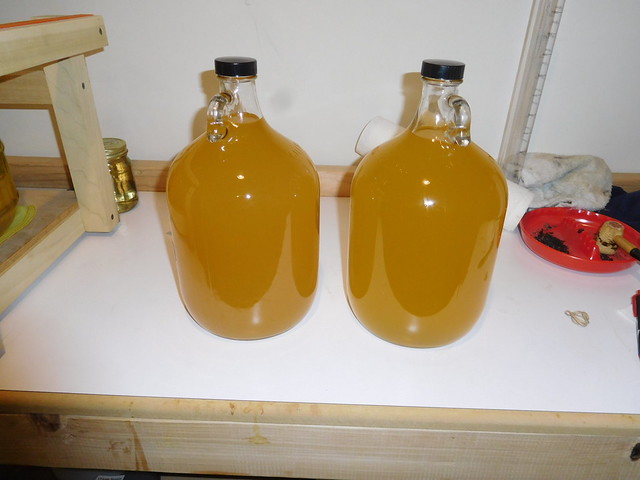I'm seeing some instructions that say to boil bentonite in a pint of water and later add some of the slurry to the must. Other instructions say to mix the bentonite into 140F water.
It is, after all, a kind of clay dirt, so I can maybe see why boiling it would be a good idea to perhaps sanitize it a bit?
Does it make any difference? What's the ideal amount to add to mead? Is it any different than for wine? How much is too much? Is it the same amount whether you add it prior to fermentation as it is if you add it post fermentation?
In either case, how much stirring does it need to work effectively?
If post fermentation, generally how long is the wait time for it to settle out?
Also, I've read that bentonite works better if the must is cold. So, if post fermentation, how cold should I refrigerate the must to? All the way to 36F?
Gearing up to try this soon both on new fermentations and on post-fermentation experiments.
It is, after all, a kind of clay dirt, so I can maybe see why boiling it would be a good idea to perhaps sanitize it a bit?
Does it make any difference? What's the ideal amount to add to mead? Is it any different than for wine? How much is too much? Is it the same amount whether you add it prior to fermentation as it is if you add it post fermentation?
In either case, how much stirring does it need to work effectively?
If post fermentation, generally how long is the wait time for it to settle out?
Also, I've read that bentonite works better if the must is cold. So, if post fermentation, how cold should I refrigerate the must to? All the way to 36F?
Gearing up to try this soon both on new fermentations and on post-fermentation experiments.
Last edited:



